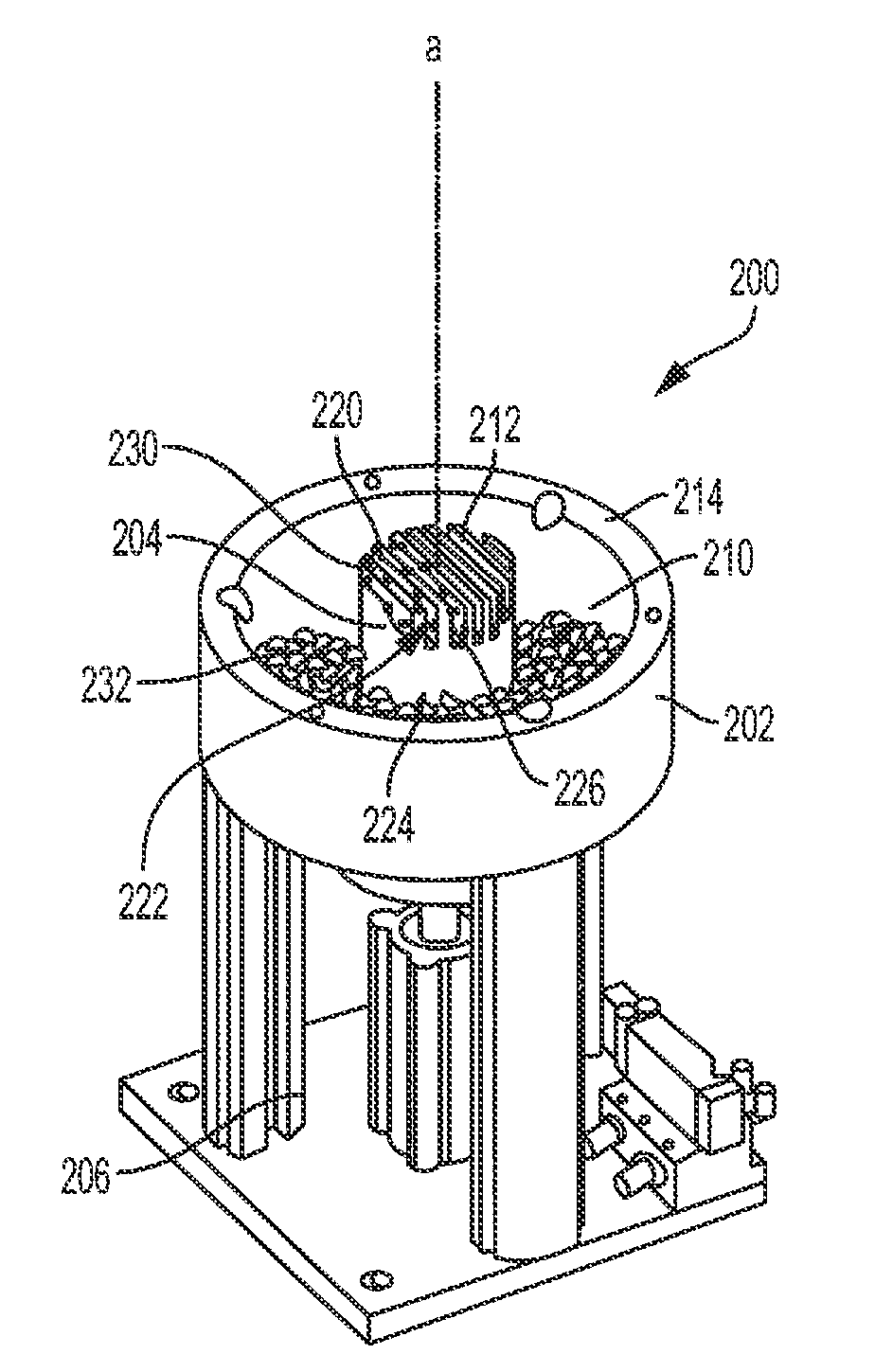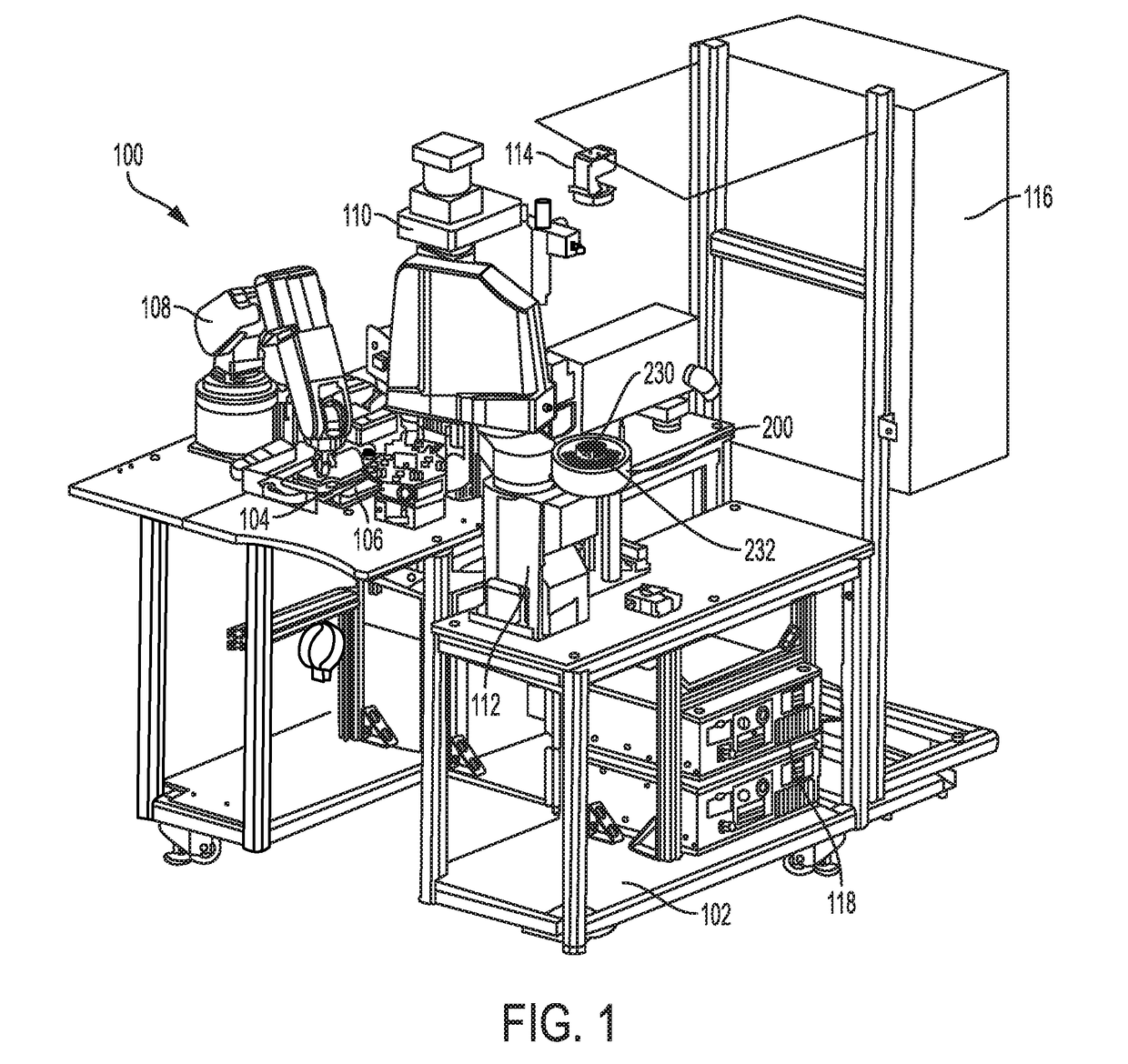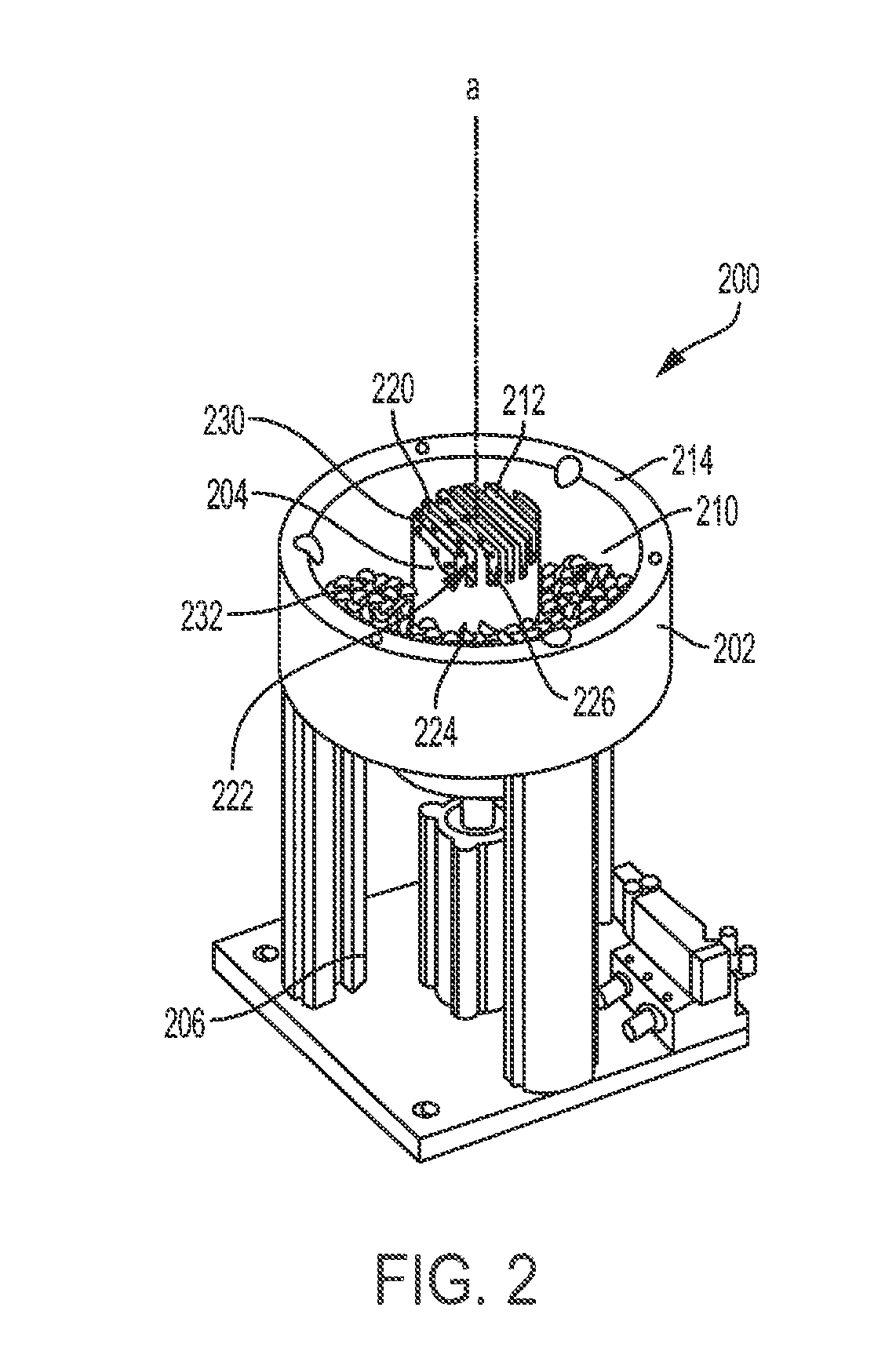Feeder and method for feeding components into an assembly line
a technology for components and assembly lines, applied in the direction of total factory control, programme control, instruments, etc., can solve the problems of affecting the assembly process, so as to achieve convenient cleaning and handling, and easy adaptability
- Summary
- Abstract
- Description
- Claims
- Application Information
AI Technical Summary
Benefits of technology
Problems solved by technology
Method used
Image
Examples
Embodiment Construction
[0022]The subject technology overcomes many of the prior art problems associated with feeding components into a component assembly line. The advantages, and other features of the systems and methods disclosed herein, will become more readily apparent to those having ordinary skill in the art from the following detailed description of certain preferred embodiments taken in conjunction with the drawings which set forth representative embodiments of the present invention.
[0023]Referring now to FIG. 1, a work station for a component assembly line in accordance with the subject disclosure is shown generally at 100. The work station 100 acts to bring together two components (not shown) for assembly by welding. The work station 100 includes a two-part assembly line platform 102 for supporting a first component feeder 104. The first component feeder 104 includes a tray 106 of first components. A first robotic arm 108 transfers the first components between the tray 106 and a welding station ...
PUM
 Login to View More
Login to View More Abstract
Description
Claims
Application Information
 Login to View More
Login to View More - R&D
- Intellectual Property
- Life Sciences
- Materials
- Tech Scout
- Unparalleled Data Quality
- Higher Quality Content
- 60% Fewer Hallucinations
Browse by: Latest US Patents, China's latest patents, Technical Efficacy Thesaurus, Application Domain, Technology Topic, Popular Technical Reports.
© 2025 PatSnap. All rights reserved.Legal|Privacy policy|Modern Slavery Act Transparency Statement|Sitemap|About US| Contact US: help@patsnap.com



